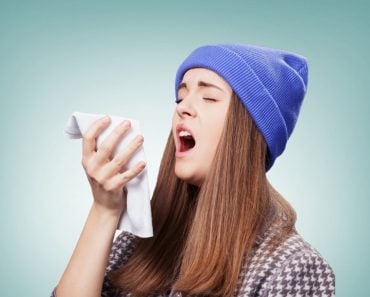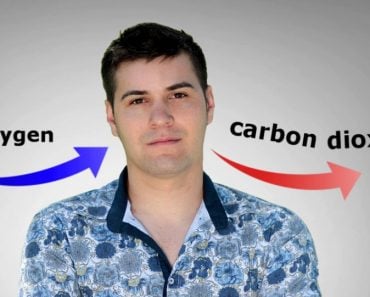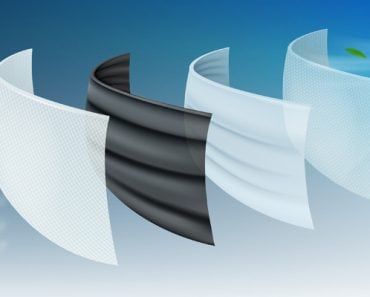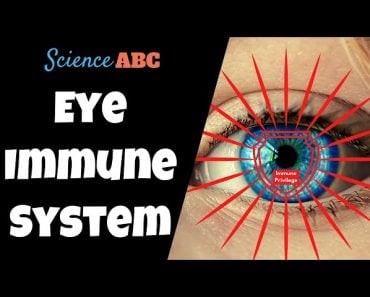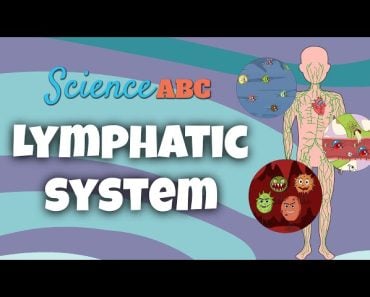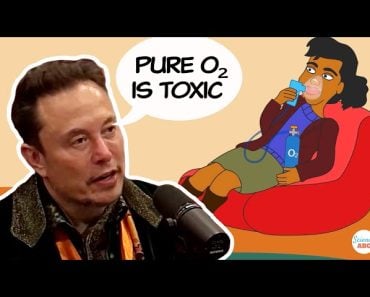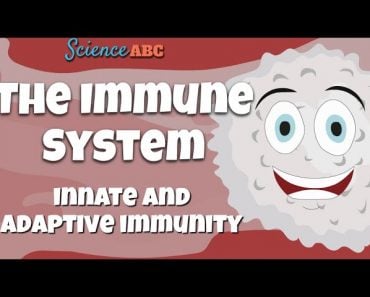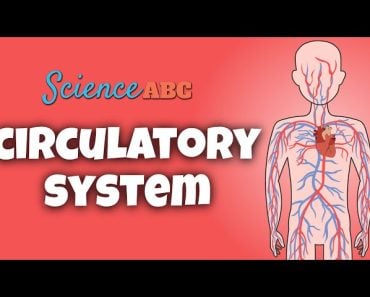Table of Contents (click to expand)
The body has several defense mechanisms, including mucus, cilia, and white blood cells, that help the body in combatting inhaled foreign particles.
Our busy lives have resulted in our minds being simultaneously occupied by many things. However, our body doesn’t fail to carry out the vital processes we need to survive. Without us even realizing it, our body is carrying out important processes on a continuous basis. One such process is breathing. We breathe while we’re awake, working, and even while we sleep. We are breathing all the time!
Our day-to-day lives expose us to various atmospheric elements. The air outside a train station has more particulate matter (microscopic particles of solid or liquid matter suspended in the air) than in an average residential area. Not only that, but the levels of particulate matter in the atmosphere change throughout the course of a day. Dust levels in the air are much lower around dawn.
How do our major breathing organs—the lungs—cope with this situation? Day in and day out, our lungs breathe in air that contains large amounts of particulate matter. What happens to these inhaled dust particles? Is there a mechanism to eliminate these dust particles? Yes, indeed there is! If we didn’t have a mechanism to get rid of foreign particles, our lungs would probably end up as two bags filled with dirt. Just imagine what would happen if you didn’t dispose of the dirt from your vacuum cleaner.
Recommended Video for you:
What Are We Breathing?
The air that we breathe every day is a mixture of several gases. While it is oxygen that our body primarily needs, we also inhale the other constituents of air. The earth’s atmosphere is composed of 78% nitrogen and 21% oxygen. The remaining 1% of air consists of other gases, such as carbon dioxide, methane, helium, hydrogen, argon, krypton, neon and xenon.
Aerosols And Bioaerosols
However, that’s not all. Apart from gases, the atmosphere comprises many other components. Air consists of water vapor, dust particles, spores and pollen. These tiny particles are called aerosols and are mainly from natural sources.
The air is a transporter for many minute particles and also harbors several tiny life forms. It consists of tiny microbial organisms called bioaerosols. These bioaerosols stay in the atmosphere and can be transported via wind, rain, and even when we sneeze!
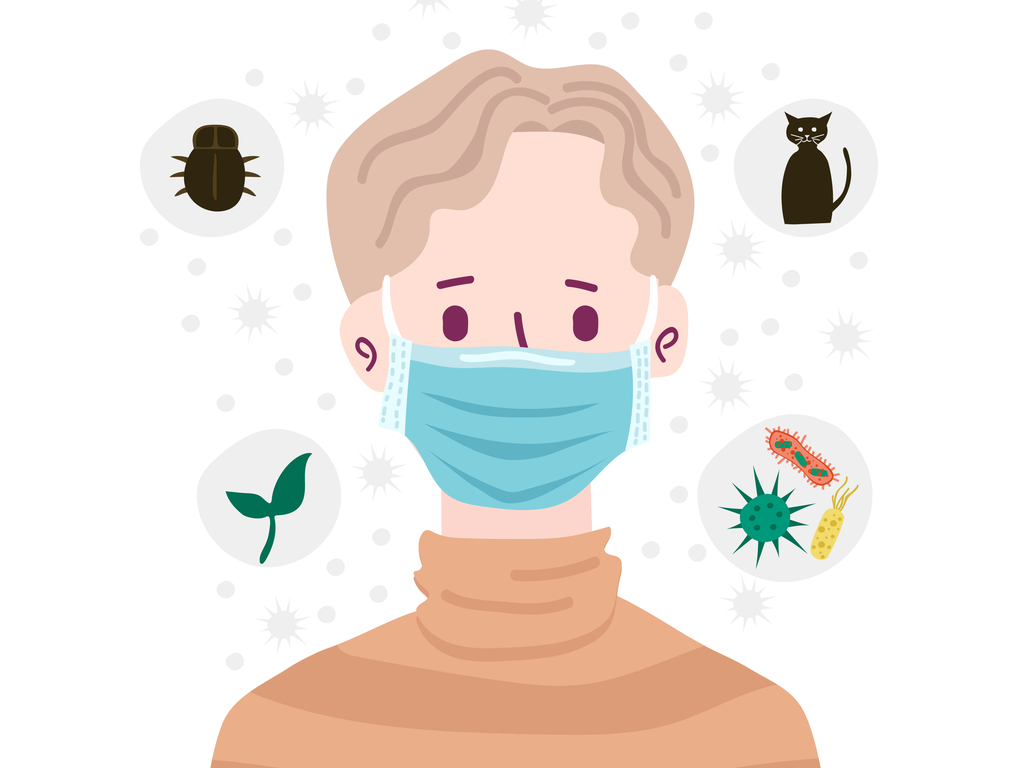
Urbanization has led to the release of many other non-natural components into the air. Soot, smoke, dust, and other particles are released into the atmosphere through human activities. Air pollution occurs when harmful byproducts from the burning of fossil fuels, car exhaust, and power plants enter the atmosphere. These are the major causes that should be mentioned, but many human activities allow harmful substances to enter the air we breathe.
Also Read: Coughing: How And Why Do We Cough?
How Does Dust Enter The Body?
Dust enters our lungs in the same way that other gases do. As stated above, we understand that air is a mixture of several constituents, meaning that we breathe in huge amounts of these particles without even realizing it.
As we breathe, that air enters through our pair of external nostrils. This leads to the nasal chamber, which then leads to the nasopharynx. The nasopharynx is the portion of the pharynx that is commonly used for both the passage of food and air. This opens through the glottis of the larynx region into the trachea. The trachea, more commonly known as the windpipe, is a straight tube extending up to the mid-thoracic cavity. At the 5th thoracic vertebra, the trachea divides into the right and left primary bronchi. At this point, the air enters both the lungs as the air passage splits.
Each bronchus undergoes several divisions to form secondary and tertiary bronchi and finally, very thin terminal bronchioles. Each bronchiole then gives rise to several thin, irregularly walled, vascular bag-like structures called alveoli. The alveoli are surrounded by a network of capillaries.
Air enters the alveolar sacs and the exchange of gases occurs. Oxygen from the inhaled air is taken up by the capillaries in exchange for carbon dioxide. This carbon dioxide, along with other gases, takes the same path back through the respiratory tract and is exhaled into the atmosphere. Amidst this respiration process, dust can enter and become lodged in the respiratory tract.
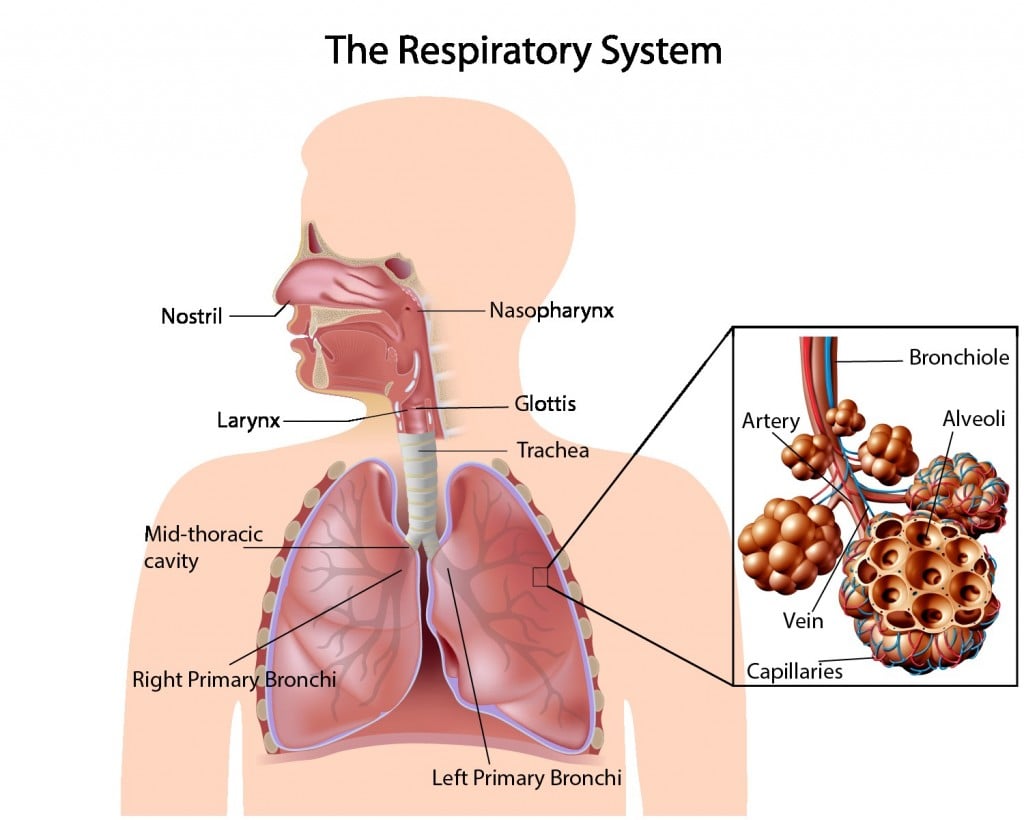
Also Read: How Does The Human Respiratory System Work?
How Does The Respiratory Tract Deal With Inhaled Dust?
We should all now understand that we breathe in huge amounts of contaminants and foreign particles each day. This suggests that our respiratory tract is combatting these foreign particles every time we breathe, but respiration is a quick process . How does the body manage to keep these external contaminants at bay?
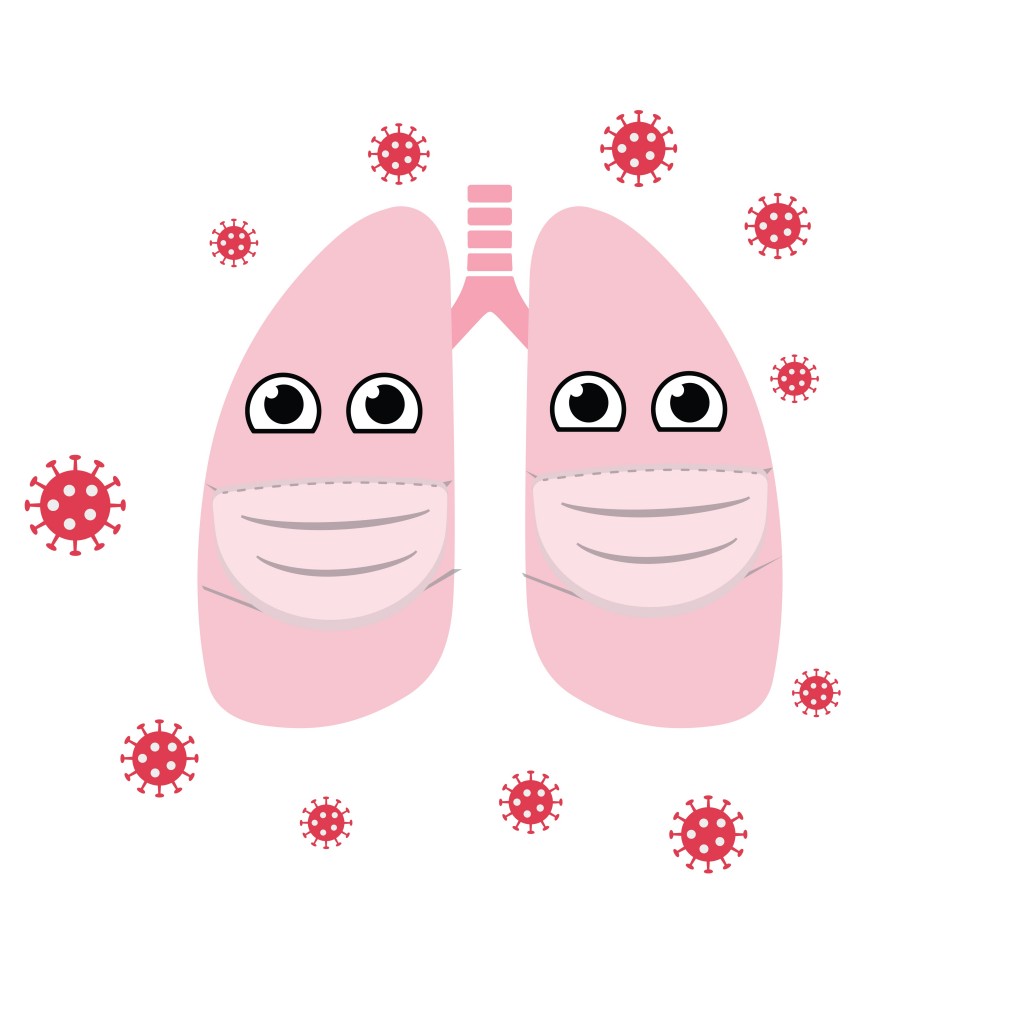
Mucus And Cilia To Rescue!
For this, we have ‘Mucus’ and ‘Cillia’ to help. The nasal mucosa or respiratory mucosa lines the entire nasal cavity, from the nostrils to the trachea. Goblet cells secrete mucus, while cilia are small hair-like structures that project from the epithelium and line the nasal mucosa.
When inhalation takes place, air containing gases and dust particles gushes in through the nasal chambers. At this stage, the largest particles are trapped by our nasal hair and mucus. Following that, smaller particles make their way to the pharynx, where mucus traps them again.
If smaller particles still make it to the trachea and bronchioles, then these particles become trapped in mucus. The beating movement of cilia creates motion, which helps in draining mucus from the nasal passage to the throat; from that point, it is either spat out in the form of sputum or swallowed and digested by stomach juices.
Some amount of inhalation of air takes place via the mouth, but there is no reason to worry, as air inhaled from the mouth must also travel past the pharynx, which has a protective mucosal layer.
Apart from just trapping foreign particles, mucus consists of important components that help in fighting and destroying these particles. Mucus comprises an important antibody, IgA, which helps in eliminating toxins and pathogens that would otherwise penetrate mucosal surfaces.
Mucus also consists of lysozymes (enzymes which breakdown bacteria), which help in degrading pathogenic microbes. The mucosal epithelial layer in the respiratory tract is constantly being worn off and replaced by cells from the underlying proliferative (regenerative) layer. This is done to ensure that pathogens capable of invading mucosal layers are regularly sloughed off.
Despite the intensive care taken by the body to stop the entry of foreign particles into the system, some particles still find their way to the alveoli. As the core purpose of the alveoli is the exchange of gases, cilia and mucus are not present within them.
This is because mucus is too thick and would slow the exchange of oxygen and carbon dioxide, so there is a need for another mode of defense.
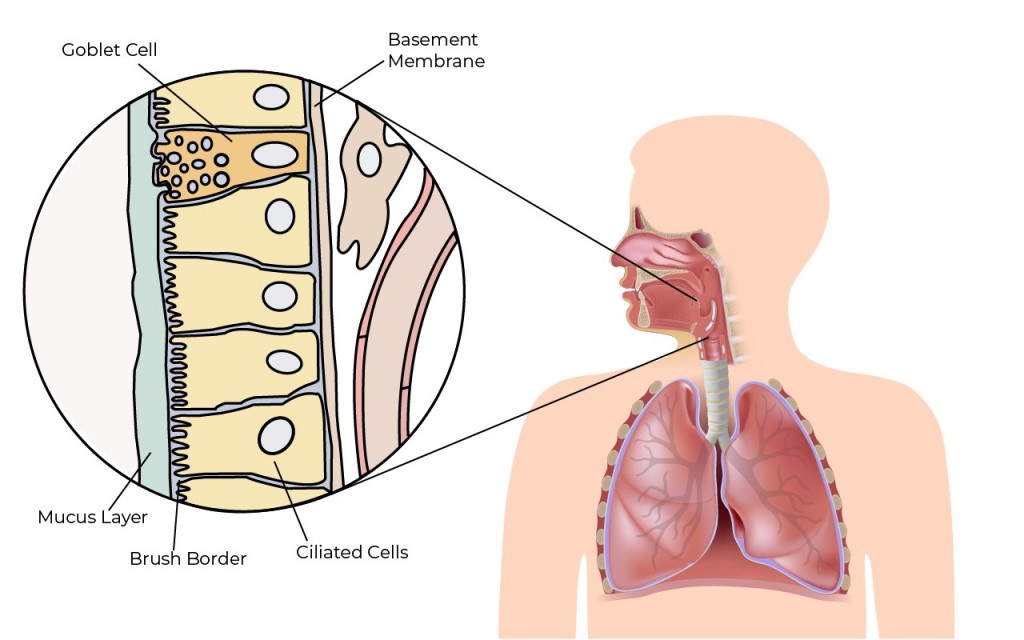
At this point, ‘alveolar macrophages’ arrive to save the day. These are large phagocytic (capable of ingesting of harmful foreign substances) cells. Alveolar macrophages look for deposited particles and then bind to these particles, ingest them, kill any that are living, and digest them. In the case of an infection or a threat to the lung, neutrophils (defensive white blood cells) are recruited to fight the infection.
Clearly, the body has several mechanisms devoted to eliminating foreign substances and dust particles that enter the body via inhalation. So, the next time you’re walking past a dusty alley or get caught in the gusting winds before a storm, remember that your body has all of its warriors ready to jump into action!
References (click to expand)
- 10 Interesting Things About Air | NASA Climate Kids. The National Aeronautics and Space Administration
- How the Lungs Work - The Lungs | NHLBI, NIH. The National Heart, Lung, and Blood Institute
- Respiratory cilia: MedlinePlus Medical Encyclopedia Image. MedlinePlus
- Morrow, P. E. (1992, March). Dust overloading of the lungs: Update and appraisal. Toxicology and Applied Pharmacology. Elsevier BV.

